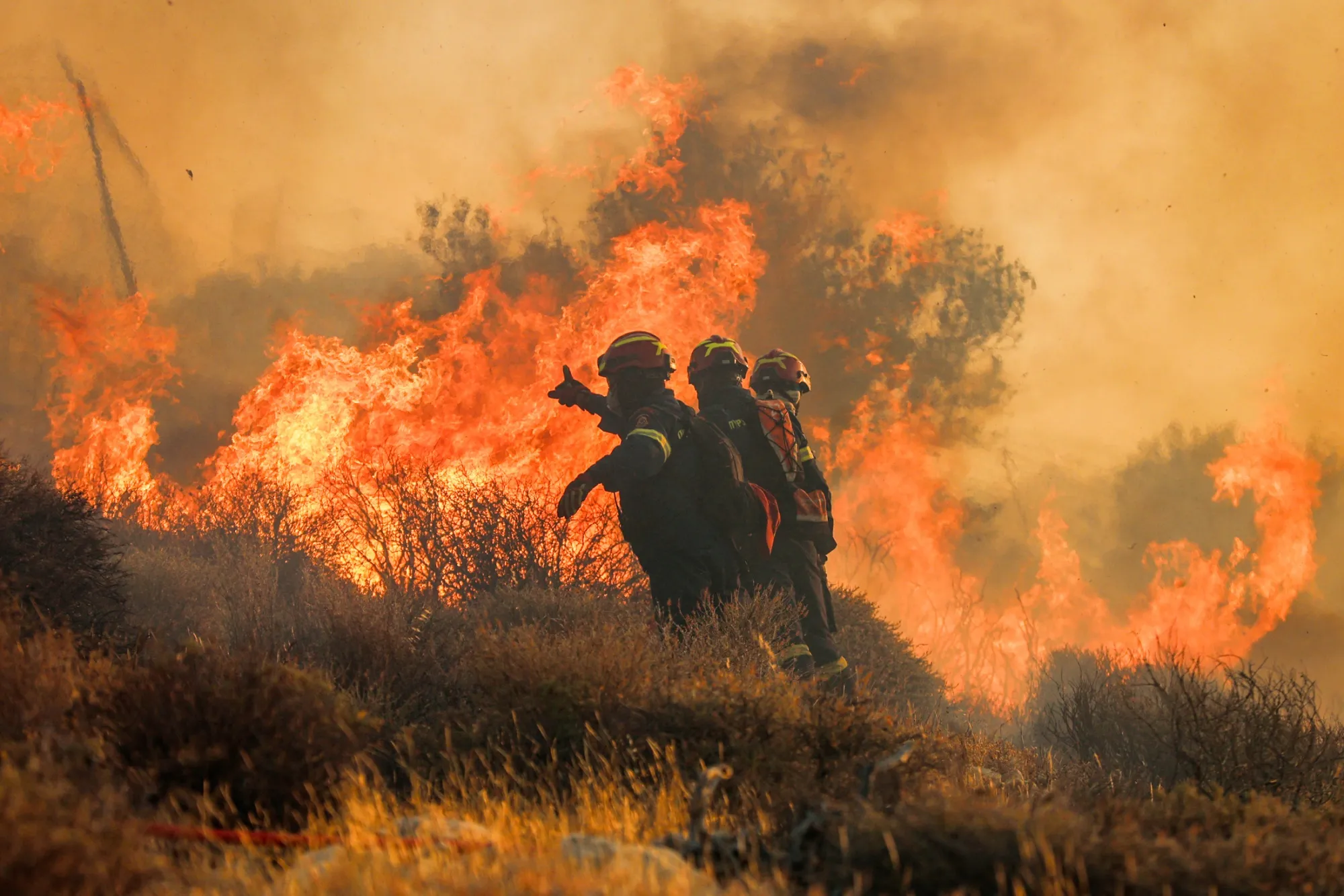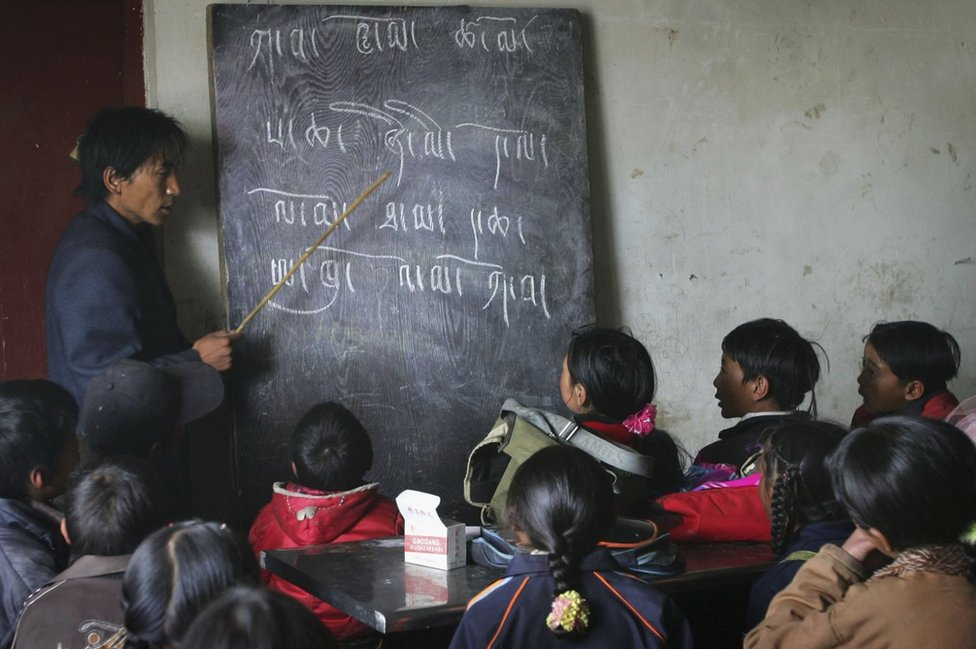
Europe heatwave causes wildfires
Scorching Heatwave Sparks Wildfires Across Europe A Region Gripped by Flames and Climate Alarm
Europe is once again in the grip of a severe summer heatwave, with record breaking temperatures searing the continent and sparking hundreds of wildfires across multiple countries. From the sun scorched fields of Spain to the dense forests of Greece, vast tracts of land have been engulfed in flames, threatening homes, lives, ecosystems, and economic stability. As firefighting crews battle relentless infernos and governments issue emergency declarations, scientists and environmentalists are raising the alarm over a dangerous pattern climate driven extreme weather is no longer a rare disruption it is the new normal.
The current heatwave, which began building in late June and intensified through early July, has seen temperatures soar well above 40°C (104°F) in southern Europe, and unseasonably high temperatures as far north as Germany, Poland, and the UK. In Italy, the mercury hit 47°C in parts of Sicily and Sardinia, while Athens recorded its highest early July temperature in more than two decades. These extreme conditions, combined with parched vegetation and strong winds, created ideal conditions for wildfires to ignite and spread with frightening speed. In Greece alone, over 50 separate blazes were reported in a single week, with thousands of hectares of pine forest and farmland lost to fire.
In Spain, regions such as Catalonia, Andalusia, and Extremadura have been the hardest hit, with fire officials describing the current fire season as among the most intense in recent history. Emergency services evacuated entire villages as flames crept dangerously close to residential areas. Agricultural losses have been mounting, with olive groves, vineyards, and cereal fields scorched before harvest. Spain’s Ministry of Ecological Transition warned that the soil degradation and biodiversity loss caused by these fires could take decades to reverse. Local firefighters, often working in temperatures exceeding safe operational limits, have been supplemented by military units and aerial firefighting fleets, including Canadair water bombers and modified helicopters.
France, too, has not been spared. In the southwestern Gironde region, massive wildfires reminiscent of those seen in 2022 have once again threatened populated areas, prompting thousands of evacuations. Thick smoke has choked the skies over Bordeaux and parts of the Atlantic coast, and the local tourism industry is bracing for cancellations. In response, President Emmanuel Macron convened an emergency climate resilience meeting, vowing increased funding for fire prevention, early detection systems, and forest management. Yet critics argue that France and its neighbors have been too slow to adapt to the increasingly volatile climate reality, pointing to outdated fire response infrastructure and inconsistent public communication as weak points in the system.
Perhaps most alarming is the spread of wildfires into regions previously considered low risk. In southern Germany and parts of Austria and the Czech Republic, fires have erupted in forested areas unused to such extremes. The Black Forest in Germany, typically lush and damp during the summer, saw its largest wildfire in over 50 years, fueled by a combination of record heat, low humidity, and dry soil conditions. Firefighting services in these northern regions, often less equipped and experienced than their southern counterparts, are scrambling to cope with the new demands. As meteorologists warn that high temperatures will likely persist for weeks, there is growing concern that even more northerly countries may be vulnerable to similar outbreaks.
The heatwave’s impact extends far beyond wildfires. Health authorities across Europe have issued heat warnings and advisories, particularly for vulnerable populations such as the elderly and those with preexisting conditions. Hospitals in Italy and Spain have reported surges in heat related illnesses, from dehydration and heatstroke to cardiovascular emergencies. In France, the national health agency activated its “Plan Canicule” (Heatwave Plan) across several departments, urging residents to stay indoors, hydrate, and check on neighbors. Tragically, several deaths linked to the extreme heat have already been reported, though official tallies are still being verified.
Meanwhile, environmental consequences are becoming increasingly visible. Heat stressed rivers like the Rhine, Loire, and Po have seen their water levels drop significantly, impacting inland shipping, agriculture, and aquatic ecosystems. Drought conditions are worsening, prompting restrictions on water use in dozens of municipalities. In Italy, hydroelectric plants are reducing output due to low reservoir levels, while farmers in the Po Valley fear massive crop failures. Conservationists also warn that fires and droughts are pushing endangered species like the Iberian lynx and the Apollo butterfly closer to extinction as their already limited habitats shrink or burn. Across the board, experts warn that this summer could be one of the most ecologically destructive in decades.
The economic ramifications are also mounting. From agriculture to tourism to insurance, the wildfires and heatwave are leaving a trail of financial loss. In Greece, the fires have forced the closure of parts of the ancient Olympia site, affecting tourism revenue during peak season. Hotels and resorts have had to cancel bookings or provide refunds to guests evacuated due to smoke or proximity to fires. Insurance companies are bracing for a flood of claims related to property loss, business interruption, and agricultural damage. Economists estimate that if current conditions persist, the combined cost to the EU’s economy could exceed €10 billion this summer alone.
In response to the escalating crisis, European leaders are calling for a unified strategy to address the growing threat of climate linked disasters. Ursula von der Leyen, President of the European Commission, issued a statement calling climate change the continent’s “greatest security threat” and announced plans for a bolstered European Civil Protection Mechanism, designed to enable faster cross border support during natural disasters. There is also renewed discussion about increasing the EU’s climate resilience budget, with proposals to fast track green infrastructure projects, fund reforestation efforts, and expand renewable energy deployment to reduce emissions long term.
In conclusion, the 2025 European heatwave is proving to be not just a seasonal anomaly, but a potent demonstration of how climate change is transforming the continent’s environmental, social, and economic landscapes. The wildfires ignited by extreme temperatures are not isolated events but are part of a wider, more dangerous pattern that demands urgent attention. As firefighters battle on the front lines and communities begin to recover from loss, Europe stands at a crossroads adapt boldly to the new climate reality or face increasingly severe consequences. The summer of 2025 may go down in history not just for its heat, but as the moment Europe realized that climate resilience is no longer optional it’s essential.











